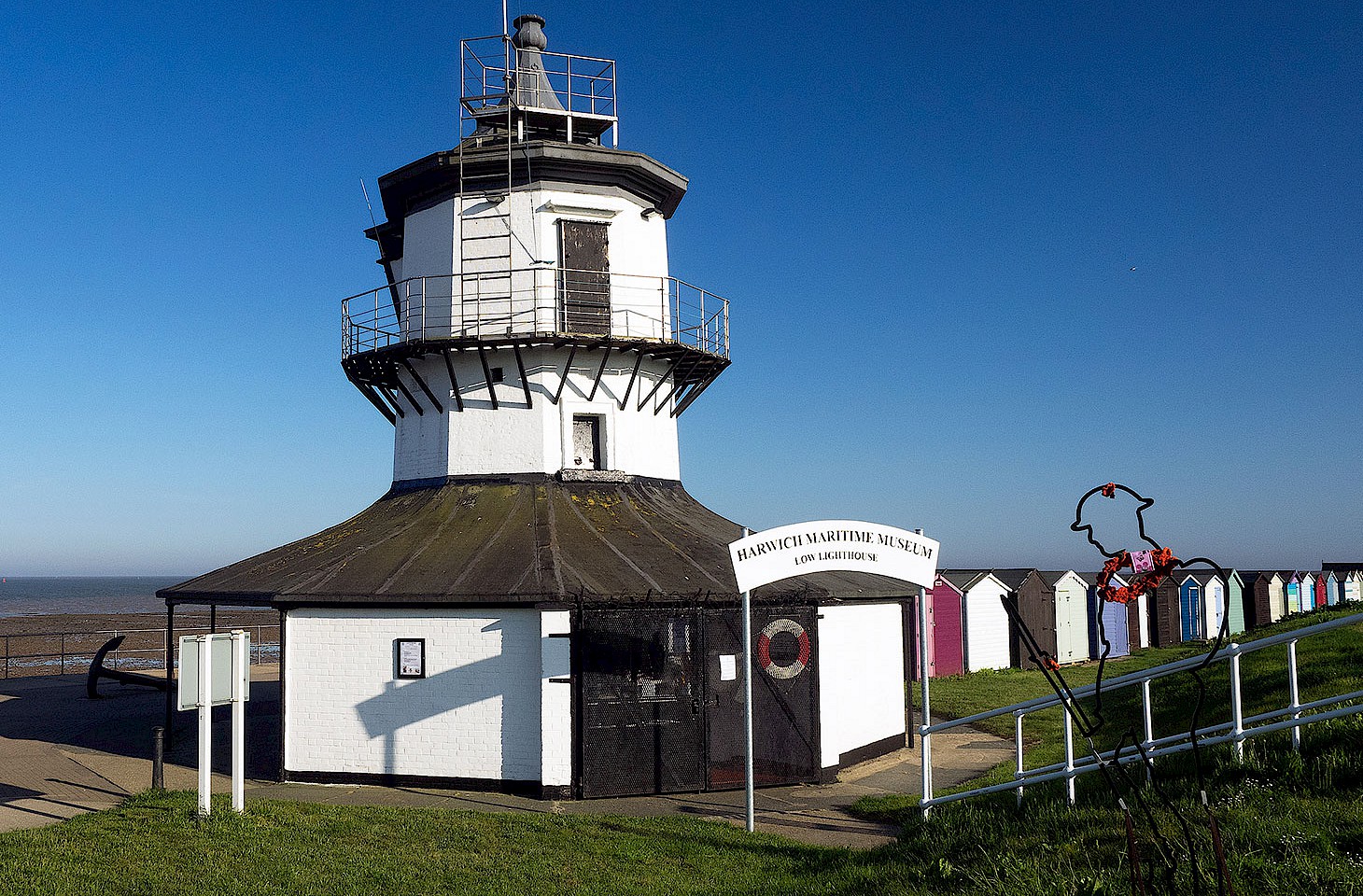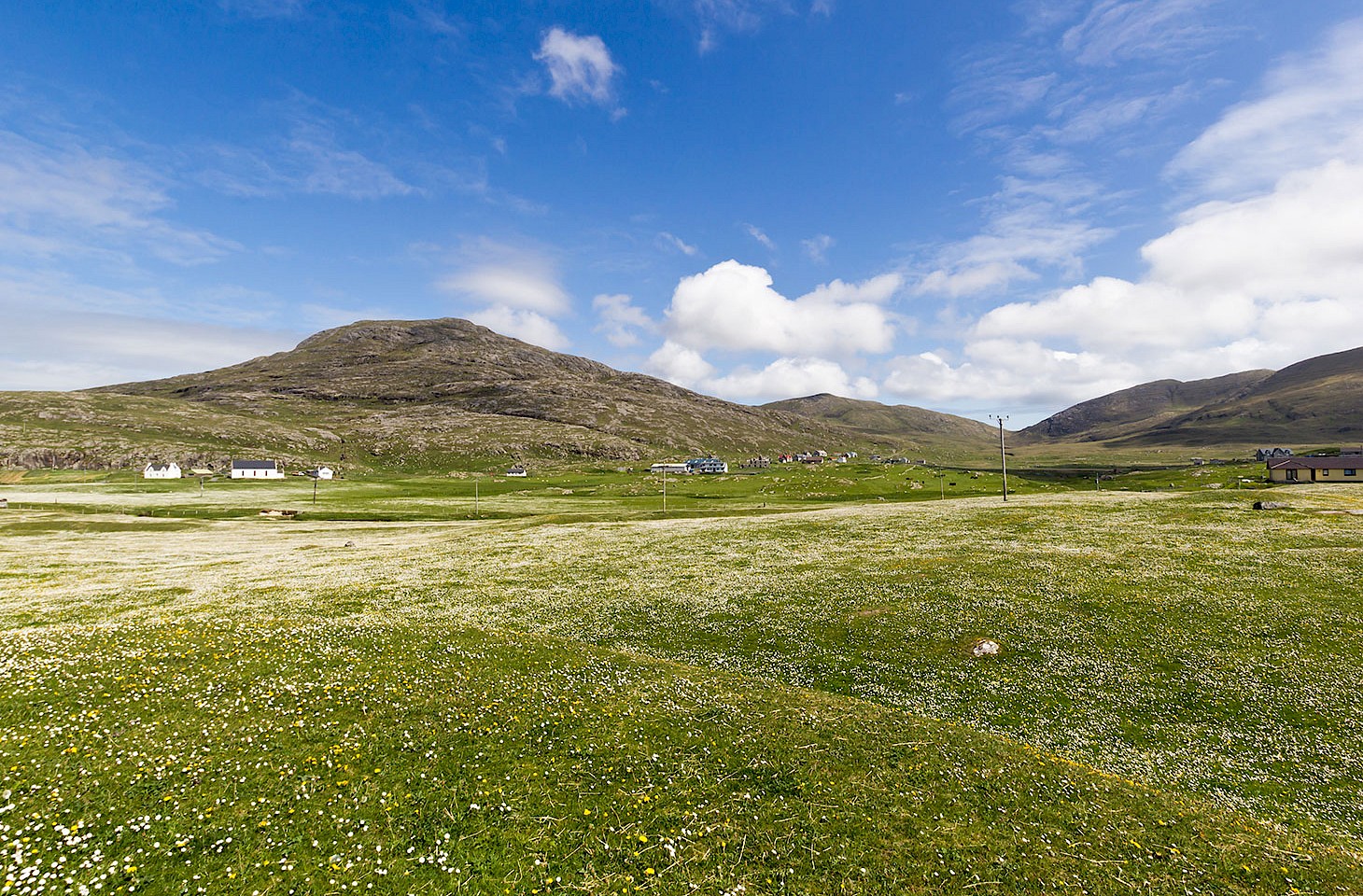Looking back at rail journeys we made in 2010, we would say a December journey with UK operator Wrexham and Shropshire (W&S) really was one of the highlights. We travelled north from London’s Marylebone station on one of W&S’ sleek silver and grey trains, sliding through rime-clad Chiltern countryside. It was one of those bitterly cold winter days that are utterly memorable for their dry air, clear skies and icy beauty. On the way we enjoyed an early Christmas lunch: turkey with all the trimmings, Christmas pudding and custard, washed down with a glass of red wine.
This was travel as it should be. True, W&S was not the fastest. You could probably get to Shropshire quicker by speeding north on a Virgin service from London Euston and changing trains at Birmingham. But W&S had style, a dash of panache in a country where most folk look only for the cheapest or quickest travel options. So perhaps it is no great surprise that W&S has run into the buffers and the company has folded. No surprise, perhaps, but still very sad.
W&S ceased operations late last month. It was one of a small number of so-called open-access operators who run passenger train services outwith the normal franchise arrangements. Hull Trains and Grand Central are two other such operators. But W&S was unusual in that it shared elements of common ownership with franchise operator Chiltern Railways. Deutsche Bahn had an interest in both companies. Adrian Shooter chairs DB Regio UK as well as the board of Chiltern Railways. And he chaired the W&S board. We have huge respect for Adrian, who is one of the most creative and adventurous rail managers in the UK today. He has worked wonders with Chiltern.
W&S shared the Chiltern main line route out of Marylebone to the West Midlands. So ultimately W&S was a case of DB Regio offering two services that in part competed with each other. Open access operators are not subject to detailed franchise conditions. They are fleet-footed and entrepreneurial. They come, they go. For a spell, W&S offered what we believe was Britain’s most engaging rail service. It is a crying shame that it did not survive.
Nicky Gardner and Susanne Kries
(hidden europe)




